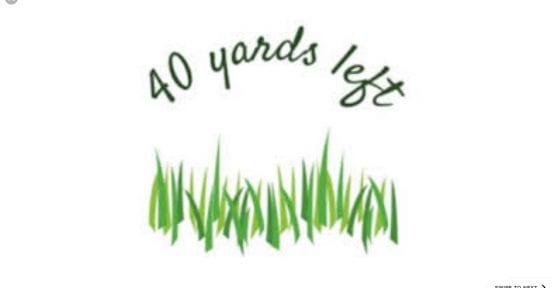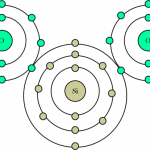Hello people and welcome back to my blog. In this post, we will be looking at my previous math unit in Mr. Gross’s class.
For this project, we could do basically whatever we wanted. We just had to show our learning in polynomials, coefficients, and like terms. Because there were no boundaries or guidelines to how we could do this project, naturally I persuaded my partner Lucy into making our project involve golf.
In any case, going into this unit I didn’t know much about polynomials. Mr Gross ran us through a few pages of workbook material and then we got to do a really fun activity with LEGO.
Mr. Gross gave us some random LEGO parts and we had to make a toy of sorts. After we finished, we had to create a polynomial for the price of the toy. To find a approximate price, we searched up each individual piece and the price of it on the official “lego” website. It also showed us how to group like terms together when making the polynomial because in many cases people used the same piece more than once. Here’s what our toy looked like:

We figured out a polynomial for this LEGO structure. I can’t remember exactly how much it ended up costing, but it was a good experience.
Then, we started work on our project. It took Lucy and I awhile to formulate our idea, but in the end we decided to open a pretend business. In this business we would sell popular golf items such as clubs, balls, shirts, pants etc.. Then, we would find the prices of opening a store and also the expenses of keeping a store operating. We chose to name our store “40 Yards Left”. We even made a commercial for our store!
We chose to open our store in North Dakota, for whatever reason.
Along the way, I learned a lot of things. Some core competencies that I believe I demonstrated during this project were:
#1: Communicate mathematical thinking in many ways. I believe that my partner and I had use lots of different types of math in order to create our final solution. By using different formulas, we found out our profit from our store in the first month- over $10,000!
#2: Develop, demonstrate, and apply mathematical understanding through play, inquiry, and problem solving.
Over the course of the unit, we struggled with finding a key plan for our project. In the end, we worked as a team and problem solved a solution for our golf store.
#3: Connect mathematical concepts to each other and to other areas and personal interests
I thought that Lucy and I found a way to keep it interesting to ourselves by basing it around our personal interests. We were able to be much more motivated by doing this.
#4: Visualize to explore mathematical concepts
Lucy and I thought ahead when creating this project and so the work was much easier for us because we didn’t have to make it up as we went along
This project was really fun for me as it involved golf. I really enjoyed the learning process and also the way it all came together in the end.
Bye for now,
Nik








